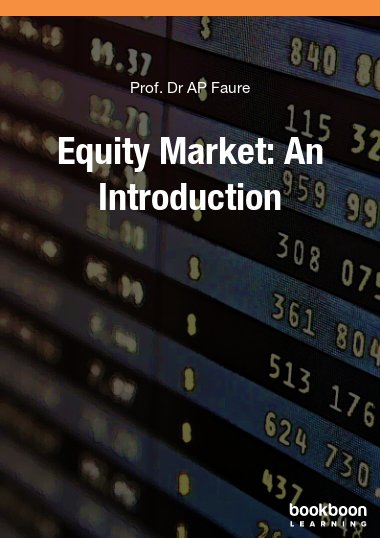The equity market is a prominent member of the capital market. The only other member is the long-term debt market. The money market does not feature here, but it does pair with the bond market to form the debt market. The equity market plays a significant role in the economy. It provides perpetual capital (= ordinary / common shares and in some countries perpetual preference / preferred shares exist) and long-term capital (in most countries = the definition of preference / preferred shares). Long-term capital is essential for the development of commerce and industry and infrastructure, and no country can develop sustainably at a high level without the existence of entrepreneurs who have access to long-term / perpetual capital. Capital is provided in the primary equity market and traded in the secondary equity market. The latter is more efficient if the market is formalised, listing requirements are adequate and surveillance of members and listed companies is effective.


